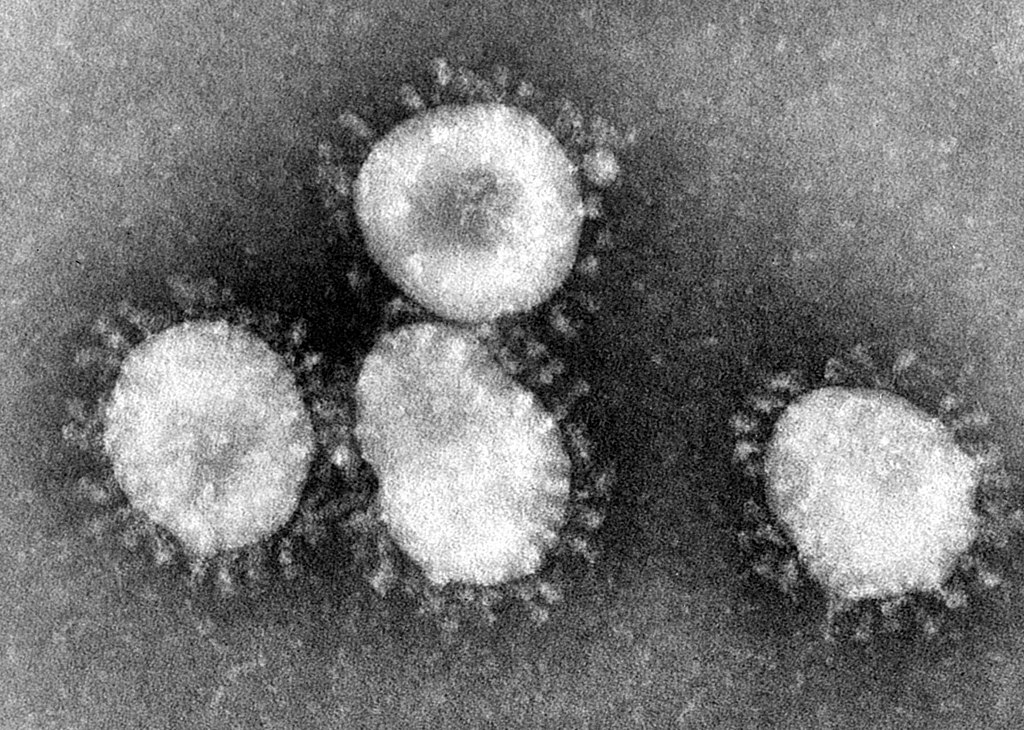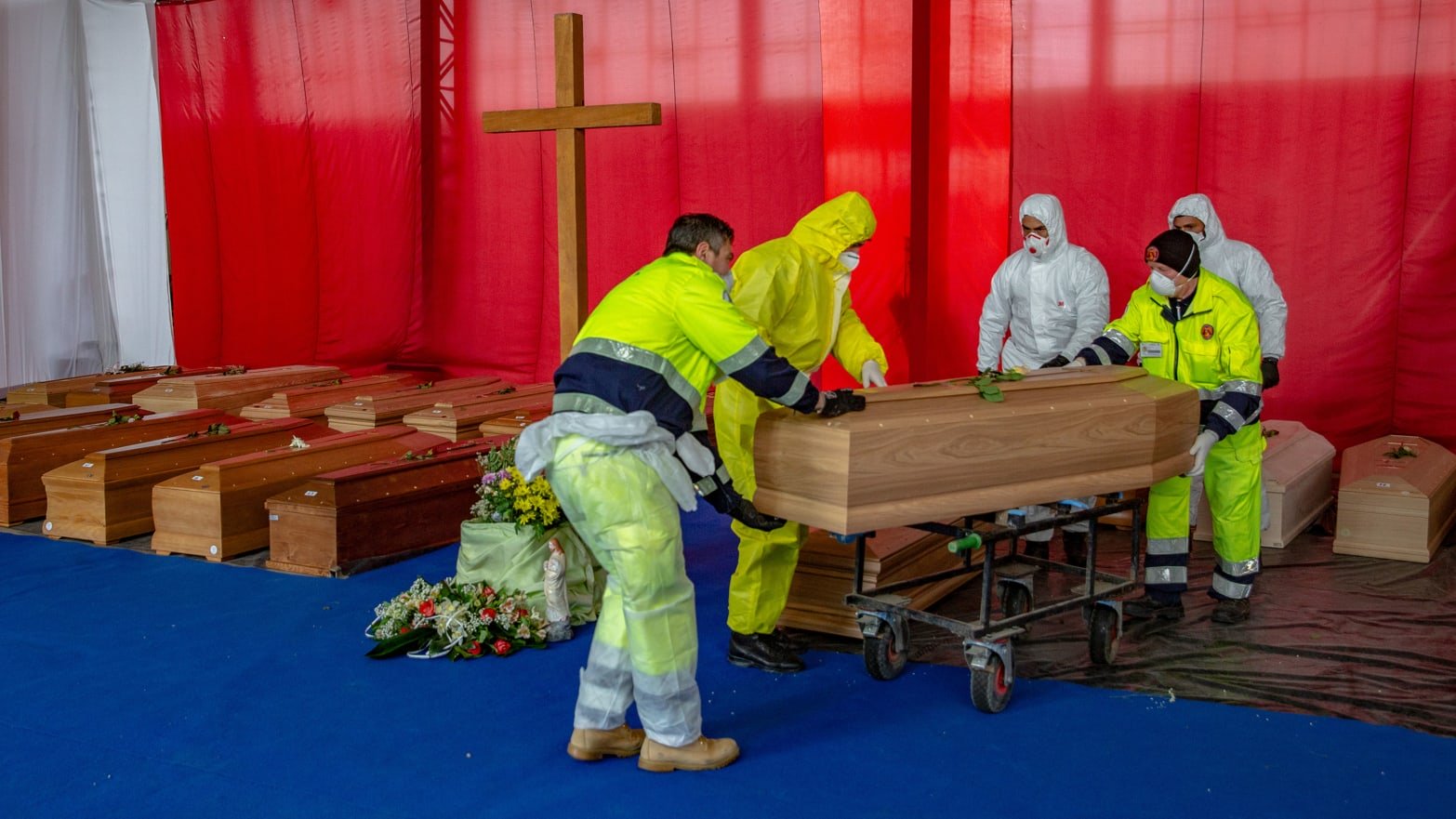The novel Coronavirus whose origins began in the city of Wuhan, Hubei province of China causes a disease, COVID-19. It has spread mass panic all over the world in a very short time. As such, I hope to educate all on the COVID-19 basics so that all my students can see how it relates to their syllabus. More importantly gain knowledge of this virus so as to make sense of the a barrage of news articles and different fallacies from fact.
COVID-19 basics: What is it?
This is the viral disease that is a result of infection with the novel coronavirus originating from Wuhan. Some scientists are also referring to the same virus as 2019-nCoV or SARS-CoV-2.
The virus belongs to the family of viruses which we refer to as Coronaviridae.
This virus, like all other viruses contradict the cell theory, which is also why the viral name do not follow the standard binomial naming conventions. Humans for example have the scientific name Homo sapiens.
Generally, viruses falling into this family have an envelope as well as a positive sense, ssRNA genome. Let me explain the structures and in addition, show you how they look like under the electron microscope.

The envelope is the membrane that originates from the host as new virus particles buds out of the host in a bid to release themselves to infect other hosts.
They do so because they cannot replicate independently and require the host cell’s replicative machinery.
And this method of reproduction is also why disease arise. This is because the target cells of the the novel coronavirus are respiratory cells. Consequently the host respiratory cells can be overcome by virus reproduction resulting in the death of the cells.
If this occurs to cells in the upper respiratory tract, this usually have little to no symptoms.
But if it occurs in the lower respiratory tract, this will turn out to be especially serious.
Remember, these cells play an important role in respiration. Consequently the lost of which would mean patients cannot breath properly. This can then lead to death as cells die from the lack of oxygen, which stops cellular respiration.
Let’s go on to talk about the genome so that we can begin to understand the behavior of this virus.
COVID-19 basics: Genome behavior
We describe the genome of the virus as positive sense, ssRNA. This means that the genetic material this virus carries is single strand RNA, which is a template for conversion to viral proteins directly.
In contrast, the negative sense means that the RNA have to first undergo an additional step of conversion before the RNA can be a template to convert to viral proteins.
Unfortunately, this has significant implications when it comes to the potential severity of COVID-19, as we discuss the COVID-19 basics.
Firstly, this may explain the speed at which the virus spreads since the synthesis of viral proteins is much faster even though there is no signs of infection yet.
Secondly, all RNA viruses have a viral gene that codes for an enzyme RNA-dependent RNA polymerase.
This is because that is one enzyme the host do not have since the host do not depend on RNA as genetic material (hosts use DNA instead).
The problem with the viral RNA-dependent RNA polymerase is that is lacks the ability to do proof reading.
Proof-reading is the mechanism that corrects any errors arising from the replication of genetic material. Errors gives rise to mutations. Therefore, proof reading ensures a low incidence of mutations that can potentially arise from replication in humans. Conversely, increases in mutation results in cancer and other genetic diseases.
Consequently this will mean that the novel coronavirus has the ability to change over time leading to a slightly different version of viral proteins.
Scientists call this antigenic drift.
COVID-19 basics: antigenic drift and human immunology
Immunology is the study of an immune response against foreign bodies.
In this case, the human immune response can eliminate the novel Coronavirus by recognizing specific structures on the virus envelope. This is because viruses have specific structures on them that makes them unique much like we and our fingerprints.
The problem arises due to antigenic drift. If the virus changes the specific structures on their envelope, the immune response may not kick in or be less effective recognizing the viruses.
In order for them to regain the recognition, the cells of the immune response (specifically T and B cells), has to take time to learn about the change.
Subsequently, they have to bring about a mechanism, somatic hypermutation so as to regain the recognition.
I suspect this may likely be the reason why it seems that Wuhan, Hubei has such severe cases after the initial outbreak that eventually started a pandemic.
COVID-19 basics: Italy
In addition to this virus being novel, the viruses there have undergone antigenic drift. This may have taken place after a few generations of infection.
The 1st version of the viruses is the one that the is being spread outside of China. This is because during this critical period there were numerous flights out of Wuhan importing the virus to various countries.
This may perhaps explain why countries like Singapore experience milder cases at the start of the pandemic.
With isolation and contact tracing occurring, this can sequester the infected host preventing transmission. Thus, reducing antigenic drifts.
However, there are some countries that take a more relaxed stance (European). This increases the viral transmission thereby increasing the chances of antigenic drifts.
Over time, new versions of this virus arises becoming even more pathogenic.

Worst yet, countries like Italy has a combination of factors that further encourage the spread.
Firstly, the colder weather that increases survival of the virus thereby increasing chances of spread.
Secondly, Italy has one of the largest group of older people in the world, and these are the most susceptible to the infection and subsequently die.
Thirdly, Italians are known to be very warm with a very rich social life allowing an increase in contact and chances of spread.
Fourthly, when Italy was heading into a lockdown, the recalcitrance to rules for social distancing was no heeded to.
This 4 factors I believe consequently allow the COVID-19 situation to worsen to where it is today.
COVID-19 basics: how do we compare this to Influenza virus
Even though there is similar behaviors between the novel coronavirus and Influenza virus, these are 2 very different viruses.
Influenza virus has segmented, negative sense, ssRNA genomes.
They belong to another family of viruses known as Orthomyxoviridae.
It is because they infect the same target host cells and are spread in the same way that’s why it leads to confusion about these viruses. However, there are some differences in the disease though the discussion will be outside the scope here.
Influenza viruses too have in the past led to devastating pandemics the last of which was around 1918 killing tens of millions of people. This has been repeating every 100 years and many are wondering if this time the novel coronavirus is it.
Influenza virus genome in contrast have segmentation meaning their genes are on 8 different pieces of ssRNA.
This unique feature means that if 2 different strains of virus co-infects a human then they can produce a new hybrid of the 2 virus (a swine and a human virus for example).
This new hybrid virus may be so different the immune system completely loses the ability to detect and eradicate it leading to disease and spread.
Scientist refer to the phenomenon as antigenic shift.
In theory this makes Influenza viruses an even more potent pathogen.
But it is also a sobering fact that we are living in a time where we have to monitor the ever evolving and increasing number of viral threats.
COVID-19 basics: how it spreads
Since we have an immediate threat of the novel coronavirus I will focus on the discussion of this virus instead.
The respiratory virus can jump from one host to the next easily.
This can be via direct contact transmission of which there are 3 ways. Direct (touch, kissing), indirect (touching fomites containing the virus) and droplet (result of talking, sneezing, coughing).
At the moment we do not know much about this virus and some scientists suggest there may be other ways of spreading. The discussion of them is outside the scope of this article.
As such if one practices personal hygiene and employing protective measures they may reduce chances of becoming infected.
The natural next question is why don’t we know about this virus to prevent the pandemic?
novel coronavirus
The most straight forward answer is that these viruses do not originate from nor use humans as host.
Recently, China scientists who have samples of the virus have subject it to phylogenetic analysis revealing that it may have come from bats.
It is likely that the passing of these viruses from the original animals is due to the close human contact.
Which in this case is the hunting, trading as well as slaughtering of this animals for eventual consumption.

By chance, this interaction is successful allowing the virus to replicate.
As they do so, antigenic drift may occur allowing new viruses to be even more successful at infecting humans.
This follows natural selection where the more successful progeny viruses are advantaged since as they increase in numbers faster than those other viruses that have not undergone the same antigenic drift.
Consequently, this leads to human to human transmission which we are currently observing.
Bottom-line
I hope you have a much better idea of COVID-19 basics and the many areas that relate to H2 biology syllabus.
Although we are experiencing this epidemic in Singapore, my hope is that it can be curtailed so that our lives can return back to normal finally.
Do you have any questions pertaining to this virus?
If so, let me know!
Parent/student questions sitemap:
Do I need tuition?
H1 or H2 biology?
Should I repeat A levels?
I want a career in medicine
1-1 or group tuition classes?
Teaching career, how to start
Must I participate in CCA in JC?
Choosing A level tutor [checklist]
Lousy prelims, what should I do?
Lousy JC teachers, what do I do?
I failed my promotion exams, so how?
Should I consider overseas universities?
Which subject combination for A levels
What is A level Singapore schedule, H2 BIO
COVID-19 basics for the H2 Biology student
Why is Singapore-Cambridge A levels so hard
Can I do H2 Biology if I didn’t do O levels Bio?
How to improve your online learning experience [2 tips]